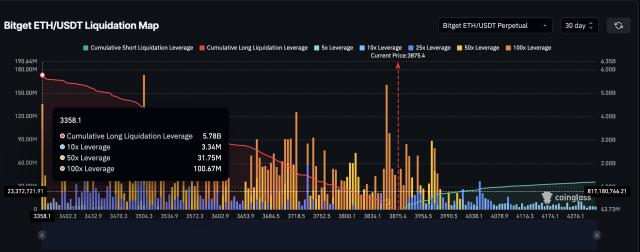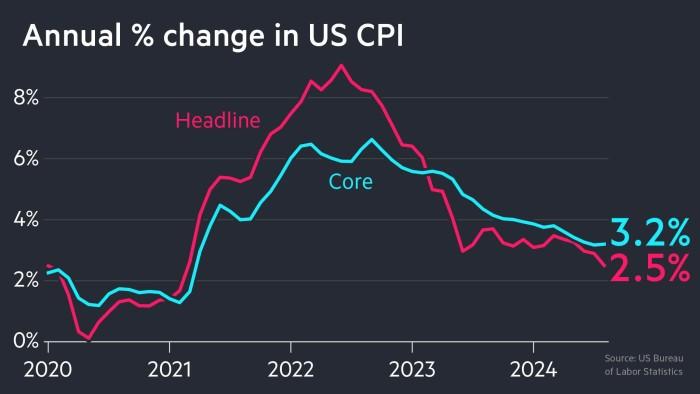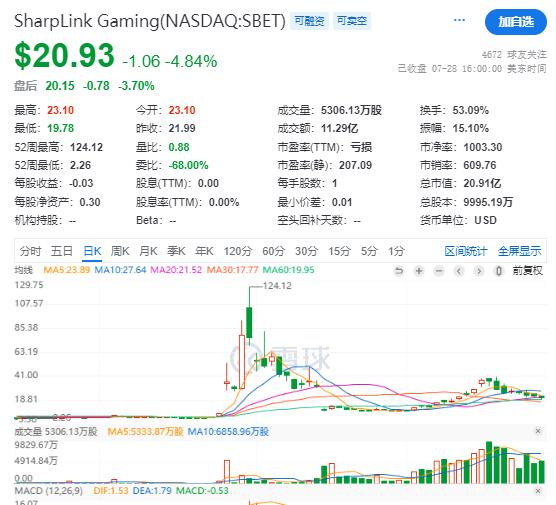Chainfeeds Briefing:
The declining attractiveness of fair issuance, coupled with the current lack of high-quality AI products, is causing market attention (and capital liquidity) to shift towards teams with medium-scale (40-80 million FDV) that have spent one to two years deeply cultivating their products and are approaching a scalable implementation stage.
Source:
https://x.com/Defi0xJeff/status/1949786295649136916
Author:
0xJeff
Perspective:
0xJeff: Web3 AI projects are experiencing a rapid paradigm shift. In just one quarter, the market preference has shifted from the fair issuance model represented by Virtuals to the Attention Capital Market model with medium circulating supply and medium FDV (fully diluted valuation). Fair issuance was once the ideal starting point for the industry, but in reality, this model faces fundamental structural problems: teams typically lack startup funding before token issuance. Most teams cannot sustain development through self-funding and rely primarily on transaction fees from token trading. This does not truly solve the cold start problem. The typical path is: one or two independent developers spontaneously organize a project, develop a roadmap, launch a demo to spark community interest, followed by token issuance. The token price surges initially, until the heat cools down, momentum is exhausted, and the project stagnates. The only possible path to success is when the team can use their own funds to polish the product to the MVP (Minimum Viable Product) stage and gradually expand. However, this scenario is extremely rare, so more and more projects choose early financing from angel investors, strategic investors, or VCs, which fundamentally conflicts with the low-valuation fair issuance mechanism. Due to the declining attractiveness of fair issuance and the lack of truly high-quality AI products, attention and liquidity are rapidly converging towards a new type of team: typically medium-sized (FDV between $40-80 million), focused on refining products over the past 1-2 years, with some funding support and actual delivery capability. These teams have often undergone extensive user testing, community interviews, and iterative improvements, aiming to push their products to a scalable stage. This trend is also accelerated by the Attention Capital Market model: infrastructure represented by InfoFi is capitalizing attention - binding community discussions, judgments, and preferences with real capital investment, forming a new gaming field. In this system, community members need to invest real money to express their beliefs, thereby distinguishing between airdrop farmers and those with genuine vision who are willing to participate long-term. This mechanism is positively aligned for project parties and investors, and also prompts the market to begin forming clearer evaluation standards and performance indicators. A typical case of this market transformation is occurring between two AI projects: Theoriq and Almanak. Theoriq initially launched with a $75 million FDV, a 50% discount from the previous VC financing valuation, with an initial 25% unlock, 37.5% unlocked after a year, and the remainder linearly released. However, after community feedback "hoping for a larger TGE unlock," the project adjusted to 100% unlock. Almanak's strategy is more aggressive, with a $90 million FDV, 100% one-time unlock, but the first 25 active users (Snappers) can invest at a $75 million FDV price. The two projects have different positioning but are both committed to providing practical, scalable AI infrastructure for DeFi. Among them, Almanak is closer to product-market fit, aiming to build a secure, auditable, and verifiable AI vault system targeting institutional funds, emphasizing scalability and product universality; while Theoriq is more cutting-edge, focusing on building composable intelligent agent infrastructure, future-positioned as a discovery layer to become an on-chain AI app store. Currently, I personally choose to invest in both: I have already participated in Almanak's Legion round financing and will continue to participate in the Attention Capital Market round. The short-term performance of both will largely depend on their go-to-market (GTM) strategies and how the market cap management team handles initial selling pressure. Regardless, with the advancement of Cookie and Kaito platforms, more AI teams will join this ecosystem and become key forces driving the next growth wave. [Original text was in English]
Source







